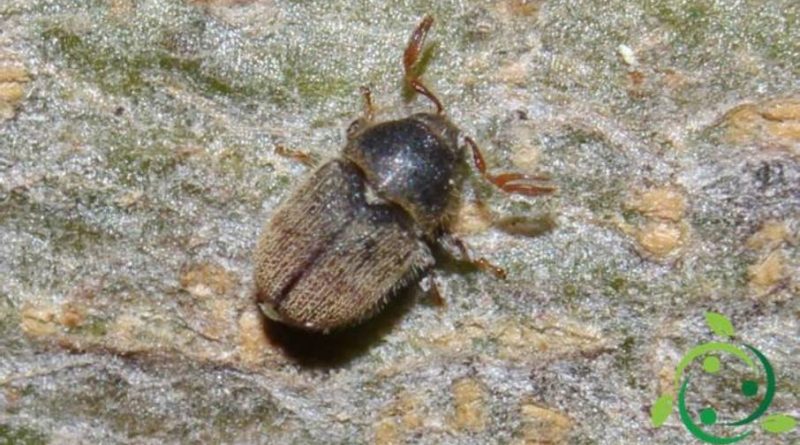How to fight the Fleotribo in a biological way
How to fight the Fleotribo in a biological way
The Fleotribo (Phloeotribus scarabaeoides Bern 1788) is a small beetle of the Curculionidae family, which can sometimes be a parasite of crops such as Ash, Lilac, but it can particularly affect the olive tree. The containment of the Fleotribo, and the techniques of biological control, start from considerations of an ecological nature and therefore also from the knowledge of the biological cycle of this insect, its physiological habits and the relationships it establishes in the micro-ecosystem. In this sheet we will see how to fight the Fleotribo in a biological way or, at least, how to contain it within tolerable limits to the cultivation of the olive tree. The Phloeotribus scarabaeoides is an insect present above all on the Olivo and more rarely on the other indicated guests. The adult of the Fleotribo, about 2 mm in length, is characterized by a compact body, black and with the distal part of the elytra which can be reddish-brown.
The larva of the Fleotribo is instead apoda with a whitish, arched and fleshy body.
The greatest damage is caused by the adults of this insect, which is xylophagous and digs tunnels to the axils of the twigs. For this reason these develop slowly, producing less fruit and with frequent drying. These damages can then be summed up, especially in the most perishable plants, those due to the tunnels dug by this insect for reproduction. The tunnels thus excavated are also a winter shelter and a place for oviposition of the Tripide dell’Olivo (Liothrips oleae). The Fleotribo winters inside the same tunnels dug both as an adult (more rarely in the larval form) and then in spring digging the feeding tunnels, to the axils of the branches, which are later abandoned by the adults who move on the branches or on the waste pruning, for the reproduction phase. In this phase the females drill a hole through the bark (between the rind and the sapwood) and dig two transversal tunnels in which the eggs are laid. From these emerge the larvae that dig in turn a tunnel perpendicular to the maternal one. After about 45 days the larvae become mature and pupate. So the adults, who flicker bark the bark spilling out between May and June. You can have another two or three generations with flickering in August and in autumn (wintering generation).
For the fight against the Fleotribo agronomic techniques are implemented trying to reduce the potential for infestation. Basically the biological fight to the Fleotribo consists in the elimination of the affected branches that are burned and in the use of “bait branches” which consist of the residues of pruning left in the olive grove to attract the females during oviposition and subsequently burned within the first half in May before the flickering of adults.
Another important advice, to contain the proliferation of this insect, is to decrease nitrogen fertilizations (especially nitrates) in plants that tend to vegetate excessively as the presence of excessively soft branches favors the phase of nutrition and then reproduction.

